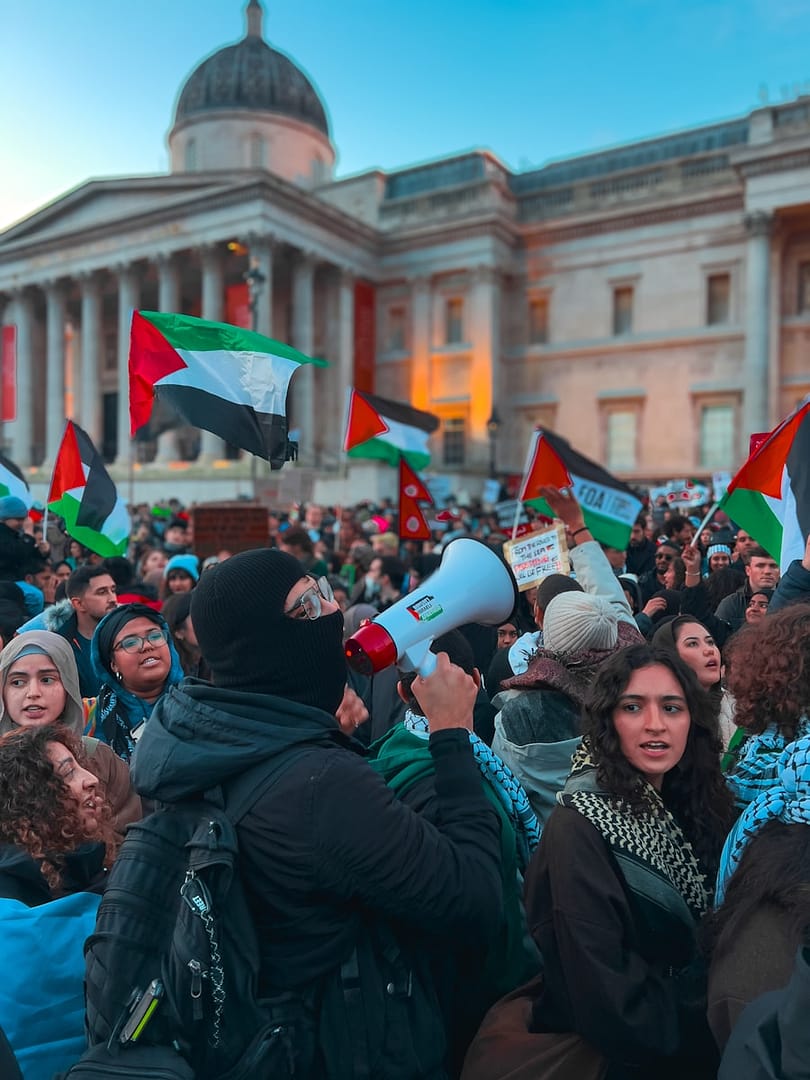Introduction: The Gaza siege has created conditions bordering on famine among over two million Palestinians. The blockade instituted after October 7, 2023, has disrupted all food, water, fuel, and medical imports. As of mid‑2025, nearly half a million people face catastrophic hunger. This post delves into the data, causes, and ongoing international efforts to avert mass starvation.
Background: Siege Begins After October 7, 2023
Following the Hamas attacks on October 7, 2023, Israel imposed a complete siege on Gaza. Fuel, electricity, food, and medicine were cut off entirely. By March 2025, all humanitarian aid had stopped entering through border crossings. The loss was staggering: 90% collapse in electricity, desalination, and sanitation systems, closing most hospitals.
Sources:
Reuters,
Arab Center,
Wikipedia
Scale of Displacement and Destruction
More than 1.9 million residents—about 90% of Gaza’s population—have been forcibly displaced into overcrowded shelters and makeshift camps. Over 60% of residential buildings and 80% of commercial facilities have been destroyed.
Food Insecurity and Nutrition Emergency
By early 2024, 97% of Gaza households suffered inadequate food access. By March 2025, over 65,000 children faced severe acute malnutrition. Nearly half a million people live in catastrophic hunger.
Death Toll from Starvation and Malnutrition
At least 147 deaths from starvation have been recorded—including 88 children. Overall, Gaza’s Health Ministry reported over 59,000 fatalities.
Aid Blockade and Restrictions
Before the blockade, Gaza received 500–600 aid trucks daily. By mid-2025, this dropped to just 100 or fewer, with some days as low as 73.
Weaponization of Aid
The Gaza Humanitarian Foundation opened four military-controlled aid distribution sites. Over 674 deaths occurred near these points due to shootings and chaos.
International Response and Appeals
WHO Director Tedros called the situation “man-made mass starvation.” Over 100 NGOs issued urgent pleas for safe passage and UN-managed relief access.
Tactical Pauses and Humanitarian Corridors
Israel implemented limited “tactical pauses” for daily aid entry, which remain insufficient. Distribution is chaotic and unsafe.
Children’s Health and Development Risks
More than 90,000 children and women need urgent nutritional treatment. Many suffer from immune collapse and growth issues.
Economic Collapse and Food Market Prices
Food prices have skyrocketed. A 25kg bag of flour reached $415 USD—a 30-fold increase. Unemployment rose by 61%.
Legal and Ethical Implications
Human rights groups argue the siege breaches international humanitarian law. The ICC has initiated war crimes investigations against Israeli officials.
Paths to Relief: Options for Humanitarian Access
UN-led corridors and full ceasefire mechanisms are considered the only way to avert famine and mass death.
Hope Amid Crisis: Initiatives and Resilience
Despite challenges, community kitchens and food-sharing networks continue to offer some relief in Gaza’s darkest hours.
Frequently Asked Questions
- What triggered the Gaza famine? A complete blockade after Oct 7, 2023, stopped all essentials from entering Gaza.
- How many deaths are from starvation? At least 147 confirmed, including 88 children.
- How many people are starving? Nearly half a million at the worst hunger levels.
- What role does the Gaza Humanitarian Foundation play? Controls four aid sites. Over 674 people have died trying to access food.
- Are aid “pauses” helping? Not significantly. Many civilians are still at risk.
- What does international law say? Blocking aid may constitute collective punishment and war crimes.
- What needs to happen now? Reopen crossings, restore aid flows, enforce ceasefire, and protect civilians.
Conclusion: An Urgent Call for Action
The Gaza siege represents a dire humanitarian crisis. Immediate international intervention is needed to restore aid, save lives, and enforce accountability.
Images
External Source:
World Health Organization: Gaza Crisis





